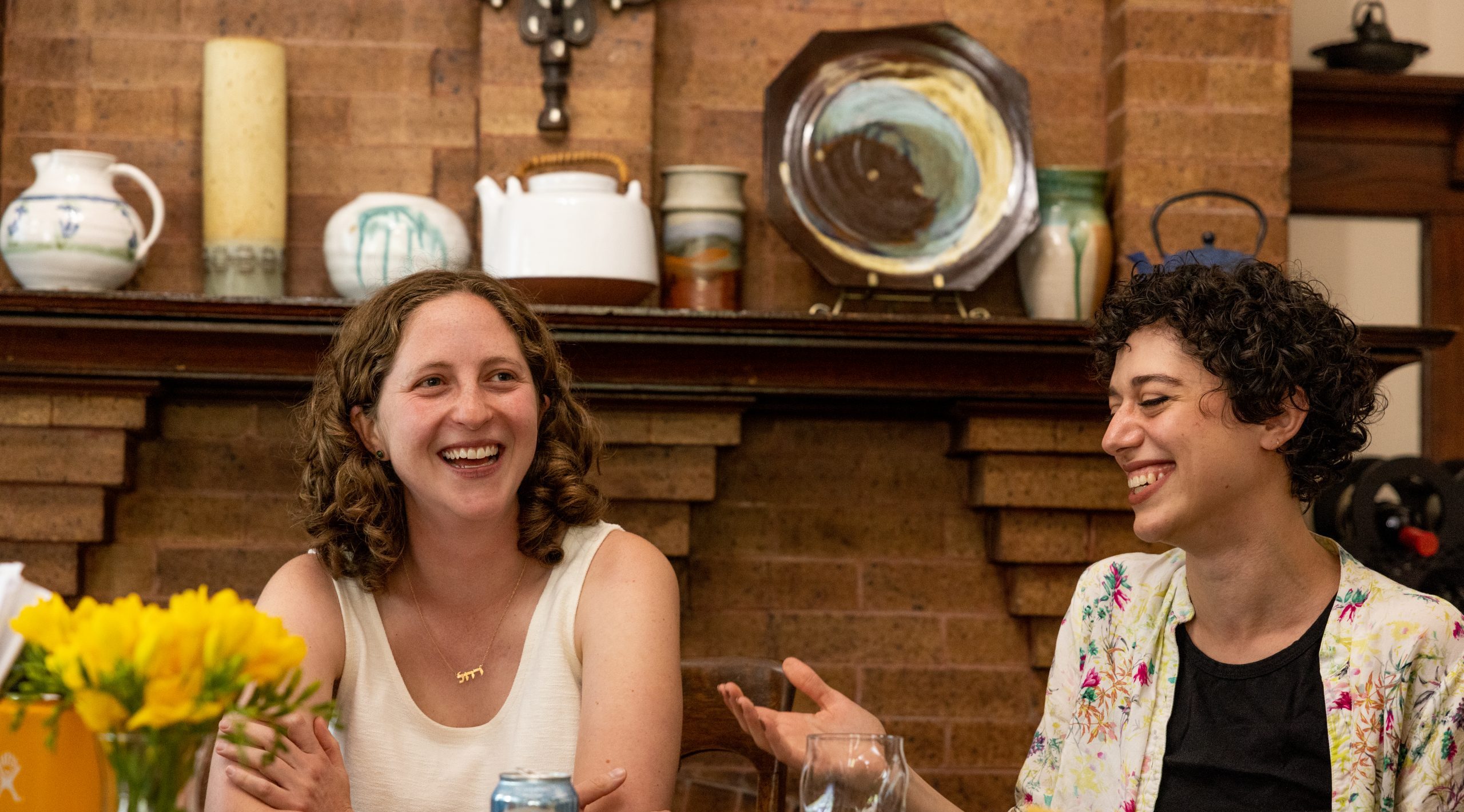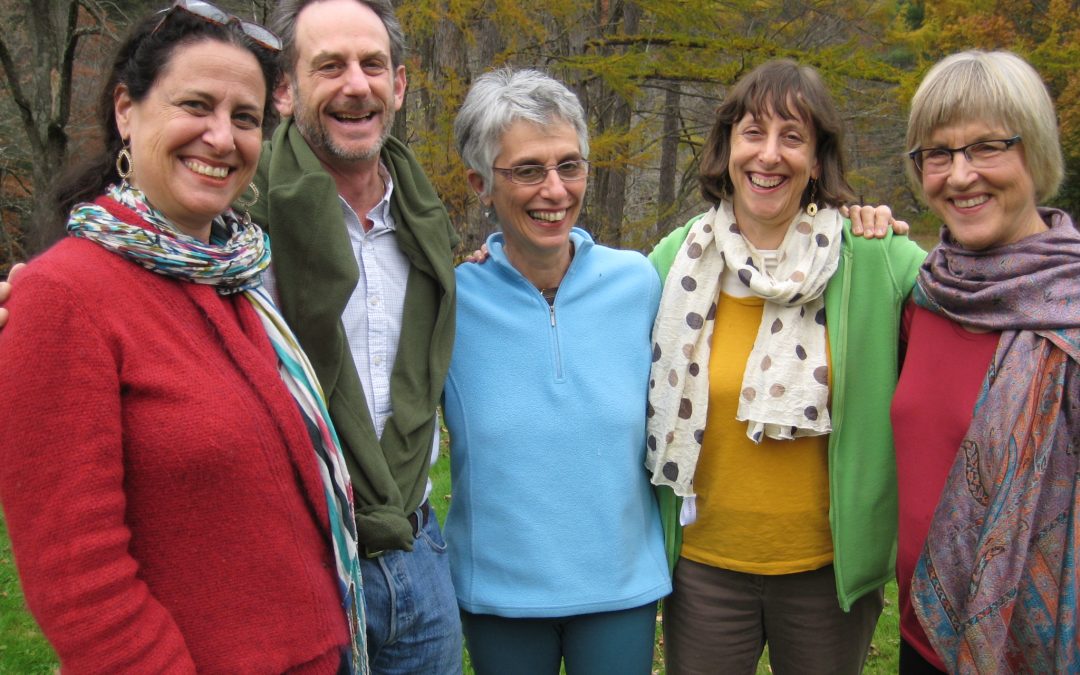
Feb 4, 2019 | by Rabbi Lisa Goldstein, Former Executive Director, Institute for Jewish Spirituality
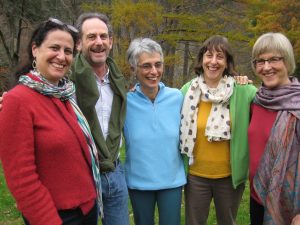 This month begins IJS’s 20th anniversary year! I was not personally present at the very beginning in 1999 when Rachel Cowan (z”l) and Nancy Flam brought together an extraordinary group of spiritual teachers and seekers in a process of sharing and learning that became the Institute for Jewish Spirituality. So much has changed and evolved since then.
This month begins IJS’s 20th anniversary year! I was not personally present at the very beginning in 1999 when Rachel Cowan (z”l) and Nancy Flam brought together an extraordinary group of spiritual teachers and seekers in a process of sharing and learning that became the Institute for Jewish Spirituality. So much has changed and evolved since then.
But one thing that has not changed has been the core values that undergird our work. Like all values, they are aspirational. Like all intentions, we fall short occasionally and recommit ourselves to them anew. As we take stock of the last 20 years and begin the process of reflection and rededication towards the next 20, I wanted to share these powerful values with you in hopes that they inspire you as much as they inspire me.
Institute for Jewish Spirituality: Our Guiding Principles
Shiviti Adonai lenegdi tamid: I strive to cultivate an awareness of God in every moment.
We seek a spiritual practice that wakes us to God’s reality in all aspects of our lives. The whole earth is full of God’s glory!
Tzelem Elohim: The Divine Image
We affirm and strive to reflect the divine and infinite potential in each human being.
Kehilla Kedosha: Holy Community
Creating and maintaining a safe, intentional community allows for deep listening to ourselves and to others, and opens us for healing, connection and insight.
Im eyn ani li mi li?: If I am not for myself, who will be for me?
Jewish leaders best serve and inspire their communities when they cultivate and refine their own spiritual lives–you can’t give what you don’t have.
La aleycha hamlachah ligmor: You do not have to finish the work, but neither are you free to desist from it
Spiritual growth is a life-long process that requires ongoing commitment, practice and guidance.
Tikkun HaNefesh and Tikkun Olam
We understand that our work to cultivate awareness leads inexorably to acts of kindness and justice.
Ki tavo chochmah b’libeycha, v’da’at l’nafsehcha yinam: For wisdom will enter your mind and knowledge will delight you
While we inherit a unique religious tradition, we are open to, benefit from, and integrate wisdom from other traditions.
Redeeming Sparks of Language
We are committed to helping people connect their traditional Jewish God, language, and ritual with their authentic inner experience in order to nurture and expand their sense of experiencing of God as Jews.
Mechadesh b’chol yom tamid ma’aseh beresheet: The world is constantly created anew
We believe in the power of Teshuva – the capacity of Jews and Judaism to change and grow and thereby be of greater service to themselves and to the world.
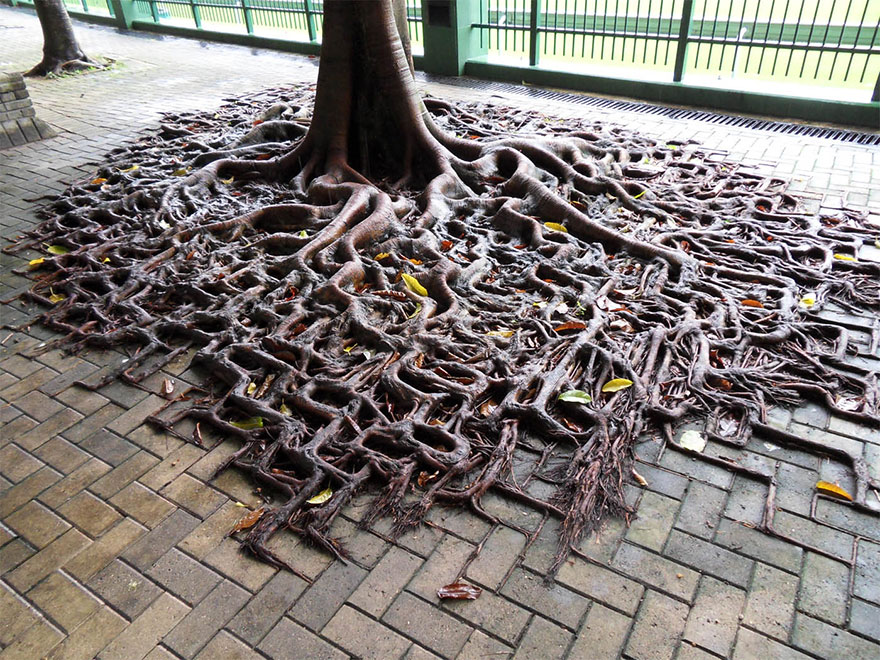
Dec 26, 2018 | by Rabbi Lisa Goldstein, Former Executive Director, Institute for Jewish Spirituality
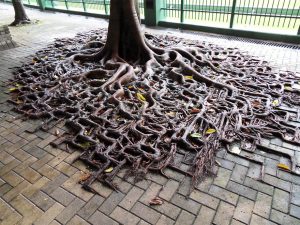 The end of the year is often a time for looking back, a kind of collective secular cheshbon hanefesh: an accounting of what has transpired over the year. In addition to the list of top movies and songs, we can take a sober look at what were the big news stories, who passed from this world, where we are as a community, as a culture, as a planet, compared to a year ago.
The end of the year is often a time for looking back, a kind of collective secular cheshbon hanefesh: an accounting of what has transpired over the year. In addition to the list of top movies and songs, we can take a sober look at what were the big news stories, who passed from this world, where we are as a community, as a culture, as a planet, compared to a year ago.
It is easy to feel discouraged at the state of the world, to want to root up and throw away all the things we don’t like. But the neo-Hasidic tradition offers us a different approach. We are guided towards a process of hamtakat hashoresh, “sweetening the root.”
The phrase comes from a startling image. Imagine a great Tree of Life hanging upside down with the roots in the air. The roots are the source from which blessings flow down, through the trunk of the tree, through the various branches and then down into the many manifestations of leaves and blossoms that brush the earthly realm. Everything that happens in this world starts with the roots.
But the flow can get blocked or constricted in all kinds of ways. We experience this as the various forms of suffering. The answer, however, is not to chop things up and get rid of them. Instead, it is to bring things back into alignment so the sweetness at the root can flow unimpeded into the world.
So when we face suffering out in the world or in our personal lives, one possibility is to work to discover the hidden sweetness in the difficult thing itself that might help us act from a place of greater wisdom, connection and spaciousness. So for example, when I feel the heat of anger, perhaps I can discern the cooler energy—but energy nonetheless—of healthy self confidence that will help me act from holy boldness. When I feel fear, perhaps I can move, even slightly, towards a spiritual sense of humble awe in the face of all that is bigger than me. When I feel the grief of loss, perhaps I can shift my perspective towards receiving the love that continues to flow.
In each case, the goal is not to get rid of the difficult emotion. It is to sweeten it, just a little. Because on a deep, often hidden level, there is one Source for all.
May our looking back over 2018 bring us wisdom and perspective and may 2019 be a sweeter year for all.
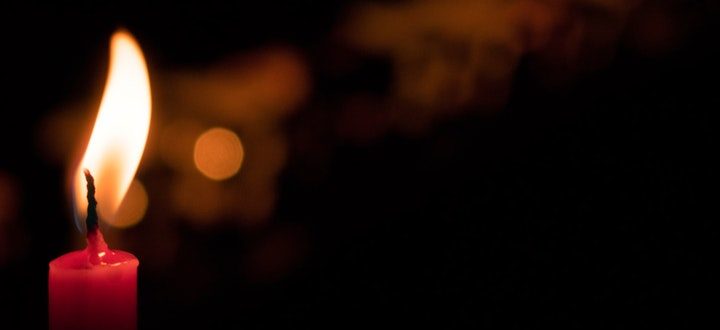
Dec 3, 2018 | by Rabbi Lisa Goldstein, Former Executive Director, Institute for Jewish Spirituality

Hanukkah is upon us and with it the aptness of all the metaphors of bringing light into the darkness. A less examined theme of the holiday, however, at least in many spiritual circles, is holy boldness – the decisive action that the Macabees took in the face of seemingly insurmountable odds that enabled them to defeat the wicked government that vastly outweighed them.
We tend to shy away from exploring this kind of strong action because it can seem so antithetical to the spiritual endeavor of finding inner peacefulness and because it can too easily veer into bold fanaticism, as the Hasmonians themselves exemplified. And yet, holy boldness, the courage of the spiritual warrior, is an important middah, or trait, even (and maybe especially) for the contemplative repertoire.
One teaching on how to approach this boldness comes from the daily liturgy. In the morning service, the first prayer before the Shema offers an image of angels. The prayer book describes the angels in vivid terms: “They are all loved, they are all clear, they are all bold and they all do the will of their Maker with fear and awe.”
At first, the description appears rather random. Why those three particular adjectives, other than the fact that the Hebrew words for “loved,” “clear” and “bold” follow the order of the Hebrew alphabet? But if we look carefully, using what we know from our contemplative practice, something quite beautiful emerges.
First, the angels know that they are ahuvim, loved. This is the crucial first step, to take in the awareness of being precious, seen, cherished. From that place of warmth and connection, they can be brurim, clear. Feeling loved can help clear the delusions so that we can see with greater clarity what needs to be done, as well as our motivation for acting. And then, when the path forward is clear, the angels can act as giborim, as courageous and bold heroes. But even here, they are aligning themselves with humility and a sense of serving – not of their own will, but of the great Source of life and creativity in the universe.
What marvelous instructions! A courage that is rooted in love, shone through with clarity and in humble alignment with what needs to happen. May this Hanukkah provide us with opportunities to explore this holy boldness so that we can through our actions help bring more light into this dark season.
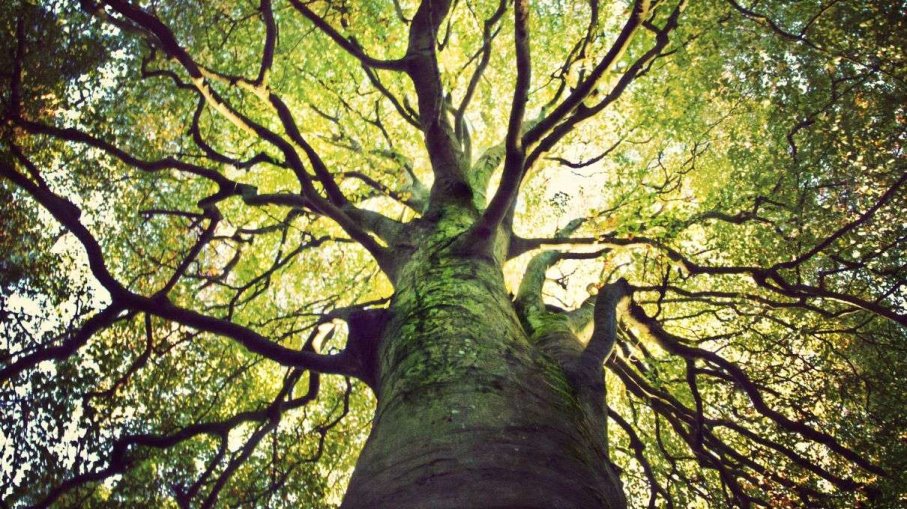
Nov 5, 2018 | by Rabbi Lisa Goldstein, Former Executive Director, Institute for Jewish Spirituality
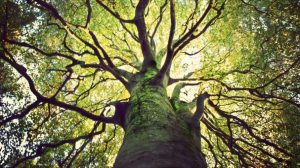
image credit: Catherine MacBridge/Getty Images
Even before the horrific massacre at Tree of Life synagogue in Pittsburgh this past Shabbat, it was easy to feel overwhelmed by the state of the world. The forces at play are so huge and the stakes are so high. How do we muster the courage to act? How do we even discern what actions to take?
Following the teaching of Joanna Macy, we might consider three different paths: holding and taking care of those who urgently need our care; developing new life-sustaining structures for a better world; and cultivating a shift in consciousness, the ability to deeply take in and know how profoundly interconnected we all are.
These three paths themselves are interconnected, of course, and there is extraordinary work happening in all three areas. The goal of IJS’s teaching is rooted in the third path. Our practices, whether they are meditation, prayer, text study, middot work or body awareness, are all for the sake of opening our eyes to the underlying unity that is the hidden fabric of the universe. This is an essential knowing that can also inspire and support those who are immediately engaged in taking care of others and in leading us out of the darkness that is all around us.
And what a blessing to know that there are others on this path with us. Last week we held a retreat for our Kivvun cohort at the Trinity Retreat Center. We had frequently used this retreat center for our east coast retreats, enjoying the beautiful setting on the Housatonic River and the famously fantastic food, until they closed in the fall of 2013. But they recently reopened their doors and we went back, trying not to bring a comparing mind with us.
What we found was the highest standard of loving hospitality. Hakima, the Algerian women at the front desk, had boned up on her Hebrew and greeted us with a joyful, “Boker tov!” Julia and Heidi in the kitchen offered simple meals that were fresh, healthy, delightfully seasoned and absolutely delicious. But it was more than that. Without us asking, the staff removed the Christian iconography from the chapel so we could pray there for Kabbalat Shabbat without being uncomfortable. And on Sunday morning as they gathered for their own prayer, they sounded the church bell eleven times, one for each precious life that was violently ended during worship the day before in Pittsburgh.
Our Christian hosts embodied that loving unity for us, so that our experience of that interconnectedness could help us strengthen our own capacity to embody it and offer it to others. That is a profound action. As we go out and take care of others, build new structures, and yes, vote, let’s not forget the importance of cultivating that new sense of knowing as the loving ground for it all.
[image credit: CATHARINE MACBRIDE/GETTY IMAGES]
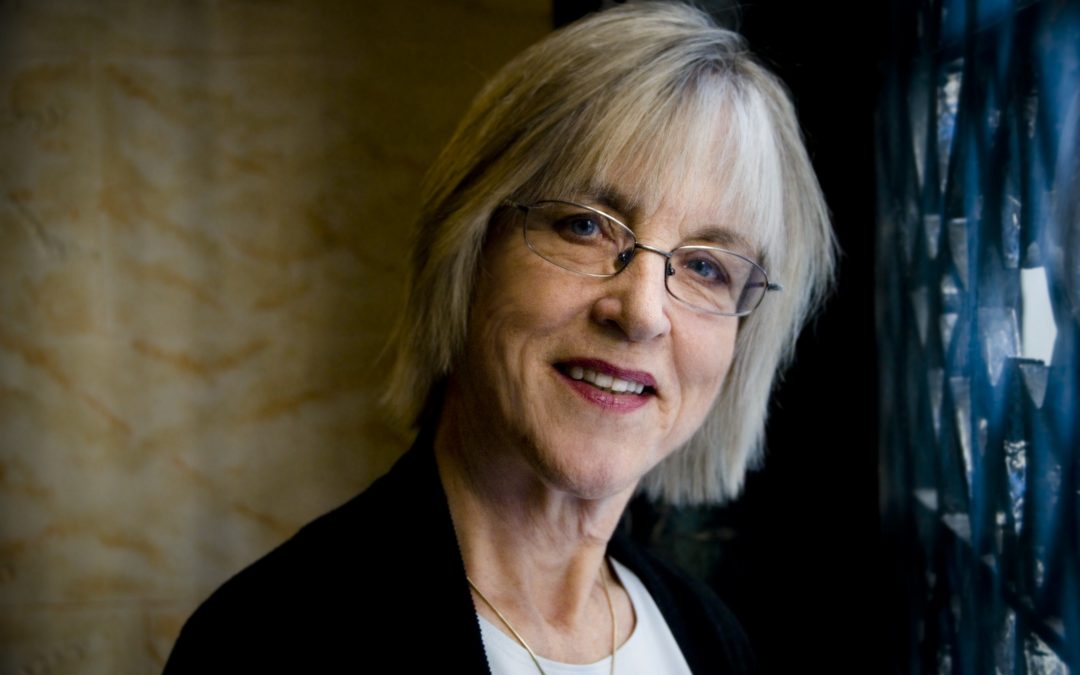
Oct 1, 2018 | by Rabbi Lisa Goldstein, Former Executive Director, Institute for Jewish Spirituality
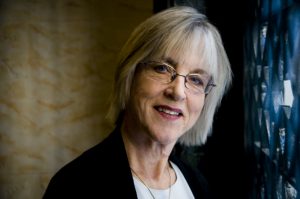 It is hard to believe that we are almost at the shloshim, the 30-day initial mourning period, for Rachel Cowan, who peacefully left this world at the end of August. For me, it has been a month of deep sadness and a sense of confusion: even though we all knew this day would come, how can it be that Rachel is no longer among us with her warm laugh, her compassionate ear, her wise teachings?
It is hard to believe that we are almost at the shloshim, the 30-day initial mourning period, for Rachel Cowan, who peacefully left this world at the end of August. For me, it has been a month of deep sadness and a sense of confusion: even though we all knew this day would come, how can it be that Rachel is no longer among us with her warm laugh, her compassionate ear, her wise teachings?
Another one of Rachel’s enduring legacies is the network of people she wove around her. I came to understand this in a bittersweet way. When I received the news of Rachel’s death, I was just starting a silent meditation retreat myself. It was immediately obvious that my place at that moment was not to be sitting in contemplation in a monastery. It was to be with my people, with Rachel’s people, to reach out, to connect, to hug, to comfort, to weep.
In the subsequent days, including at the memorial service itself, I found it so comforting to be part of the connections that Rachel had created. This is the physical manifestation of the love that Rachel gave and received and that continues through all of us. Some would say it is a manifestation of Divinity itself.
We can add another dimension to this from Sukkot, which we are celebrating this week. The custom of inviting ushpizin, or guests, into the sukkah reminds us of the centrality of connection during our festive days. But we are not just talking about our friends and family, the usual cast of characters. We invite our mythic ancestors, the patriarchs and matriarchs, the prophets, kings and wise women of our tradition, to join us as well. This reminds us that connection – and love – is not bound to this physical plane. It is greater than time and space. It is invisible, immeasurable, and yet deeply real. It is a source of comfort, inspiration and joy.
We will be gathering together for one more formal connection around Rachel and her life on October 3 at 11:00 EDT. (We will be taping the teaching for those who cannot attend.) We invite you to join the beautiful community Rachel brought together, directly and indirectly, and to tap in to the love that endures.
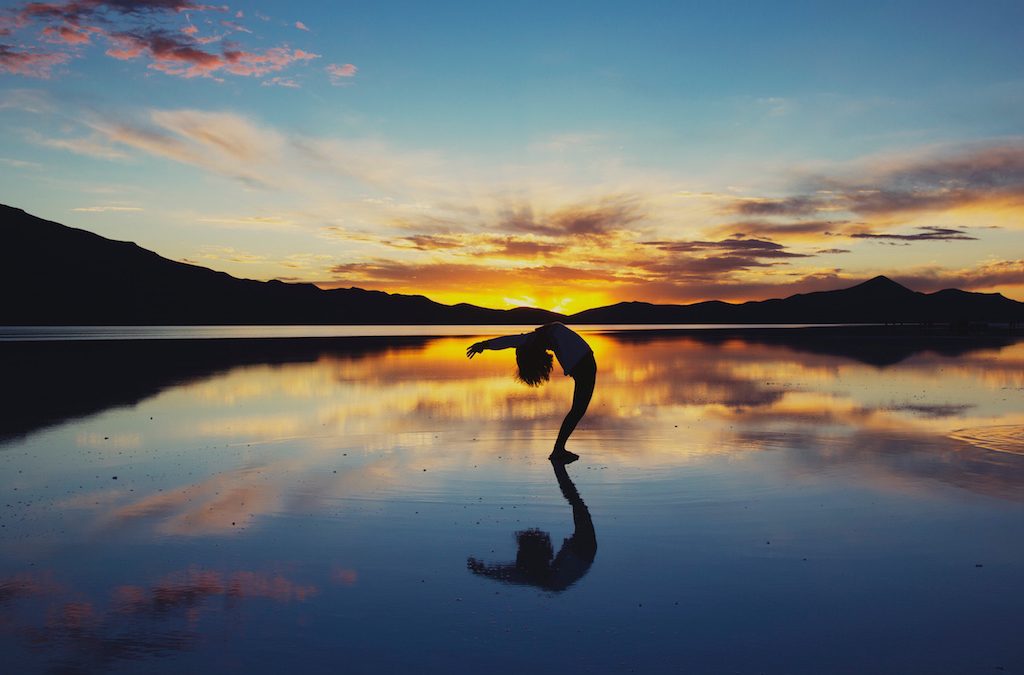
Sep 3, 2018 | by Rabbi Lisa Goldstein, Former Executive Director, Institute for Jewish Spirituality
 In just two short weeks, the High Holy Days will be upon us: a new year, a new beginning, a new opportunity to live our lives a little more in alignment. At first glance it may seem a little odd that Rosh Hashanah is also known as Yom Hazikaron, the Day of Remembrance. If we are setting our sights forward and reconnecting to the possibility that in every moment we are recreated as a new creature, as R. Levi Yitzchak of Berdichev put it, why would we begin the season with remembering? Why not focus on envisioning?
In just two short weeks, the High Holy Days will be upon us: a new year, a new beginning, a new opportunity to live our lives a little more in alignment. At first glance it may seem a little odd that Rosh Hashanah is also known as Yom Hazikaron, the Day of Remembrance. If we are setting our sights forward and reconnecting to the possibility that in every moment we are recreated as a new creature, as R. Levi Yitzchak of Berdichev put it, why would we begin the season with remembering? Why not focus on envisioning?
One answer might be to reconsider precisely what we want to remember. Perhaps the Day of Remembrance is not a call for nostalgia or regret for days gone by. Instead, we might see it as an invitation to recall – and recommit to – our intention, to setting a direction for the purpose for our life.
The High Holy Days are a shining example of a spiritual practice that offers us its transformative power, to live more awake, aware and loving lives. We have inherited beautiful forms, rituals and practices, to help facilitate that. But then we forget why exactly we are engaged with these forms. Nonetheless we continue on and wonder why the rituals and practices are so empty. It’s not our fault that we forget: We are subject to so much information and sensory input that our brains are designed to forget as much as to retain. That protects our sanity (most of the time), but it also saps meaning from our lives.
The practice of setting an intention is there to help us remember to remember. It is helpful to begin each session of practice with an intention. Why am I engaging in this prayer? In this meditation? In this Torah learning? What quality of presence do I want to bring to it and how do I hope it might transform me? It is a small but crucial step of contemplative practice; in fact, it is what distinguishes spiritual practice from just any habit.
So on Rosh Hashanah this year we have another opportunity to remember. In fact, it’s a kind of meta-reminder. The holidays asks us to remember: Who is the person I yearn to be? What is the quality of relationship that I want in my life? What kind of a world do I wish to live in? And then within each ritual of the day, the shofar blast, the once-a-year melodies, the apples and honey, is a chance to practice remembering the intention. How can this particular act help remind me of those overarching questions I am asking about my life?
Shanah tovah to you all! May it be a sweet and intentional year.

 This month begins IJS’s 20th anniversary year! I was not personally present at the very beginning in 1999 when Rachel Cowan (z”l) and Nancy Flam brought together an extraordinary group of spiritual teachers and seekers in a process of sharing and learning that became the Institute for Jewish Spirituality. So much has changed and evolved since then.
This month begins IJS’s 20th anniversary year! I was not personally present at the very beginning in 1999 when Rachel Cowan (z”l) and Nancy Flam brought together an extraordinary group of spiritual teachers and seekers in a process of sharing and learning that became the Institute for Jewish Spirituality. So much has changed and evolved since then.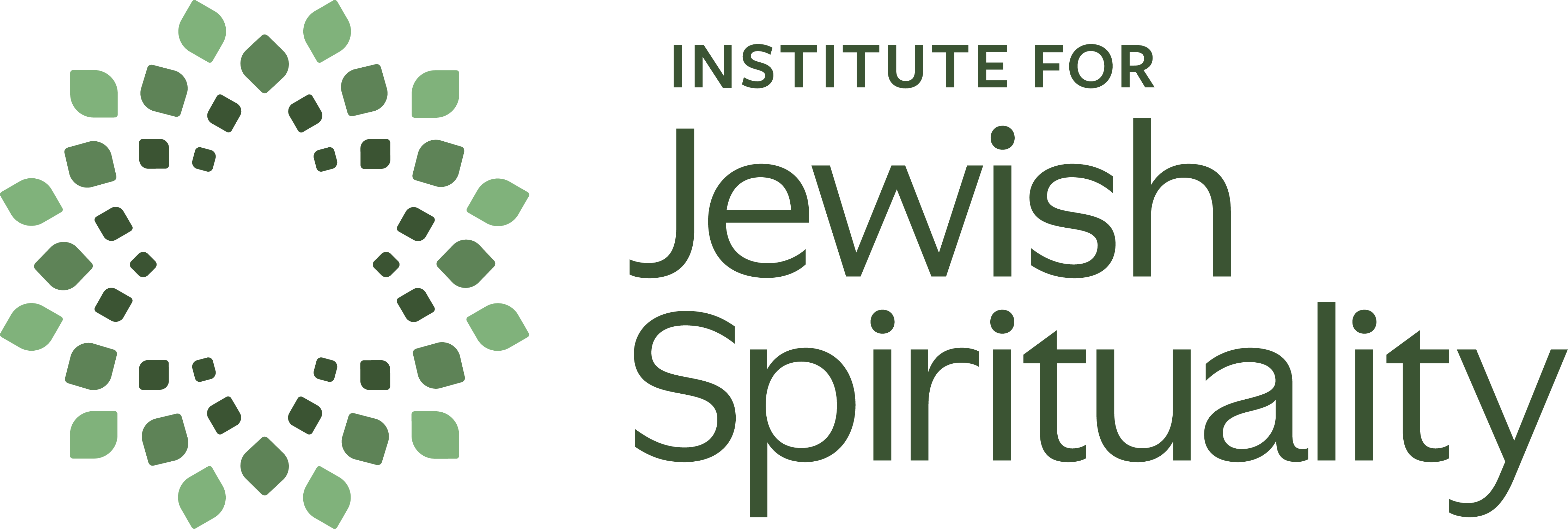

 The end of the year is often a time for looking back, a kind of collective secular cheshbon hanefesh: an accounting of what has transpired over the year. In addition to the list of top movies and songs, we can take a sober look at what were the big news stories, who passed from this world, where we are as a community, as a culture, as a planet, compared to a year ago.
The end of the year is often a time for looking back, a kind of collective secular cheshbon hanefesh: an accounting of what has transpired over the year. In addition to the list of top movies and songs, we can take a sober look at what were the big news stories, who passed from this world, where we are as a community, as a culture, as a planet, compared to a year ago.




 It is hard to believe that we are almost at the shloshim, the 30-day initial mourning period, for Rachel Cowan, who peacefully left this world at the end of August. For me, it has been a month of deep sadness and a sense of confusion: even though we all knew this day would come, how can it be that Rachel is no longer among us with her warm laugh, her compassionate ear, her wise teachings?
It is hard to believe that we are almost at the shloshim, the 30-day initial mourning period, for Rachel Cowan, who peacefully left this world at the end of August. For me, it has been a month of deep sadness and a sense of confusion: even though we all knew this day would come, how can it be that Rachel is no longer among us with her warm laugh, her compassionate ear, her wise teachings?
 In just two short weeks, the High Holy Days will be upon us: a new year, a new beginning, a new opportunity to live our lives a little more in alignment. At first glance it may seem a little odd that Rosh Hashanah is also known as Yom Hazikaron, the Day of Remembrance. If we are setting our sights forward and reconnecting to the possibility that in every moment we are recreated as a new creature, as R. Levi Yitzchak of Berdichev put it, why would we begin the season with remembering? Why not focus on envisioning?
In just two short weeks, the High Holy Days will be upon us: a new year, a new beginning, a new opportunity to live our lives a little more in alignment. At first glance it may seem a little odd that Rosh Hashanah is also known as Yom Hazikaron, the Day of Remembrance. If we are setting our sights forward and reconnecting to the possibility that in every moment we are recreated as a new creature, as R. Levi Yitzchak of Berdichev put it, why would we begin the season with remembering? Why not focus on envisioning?